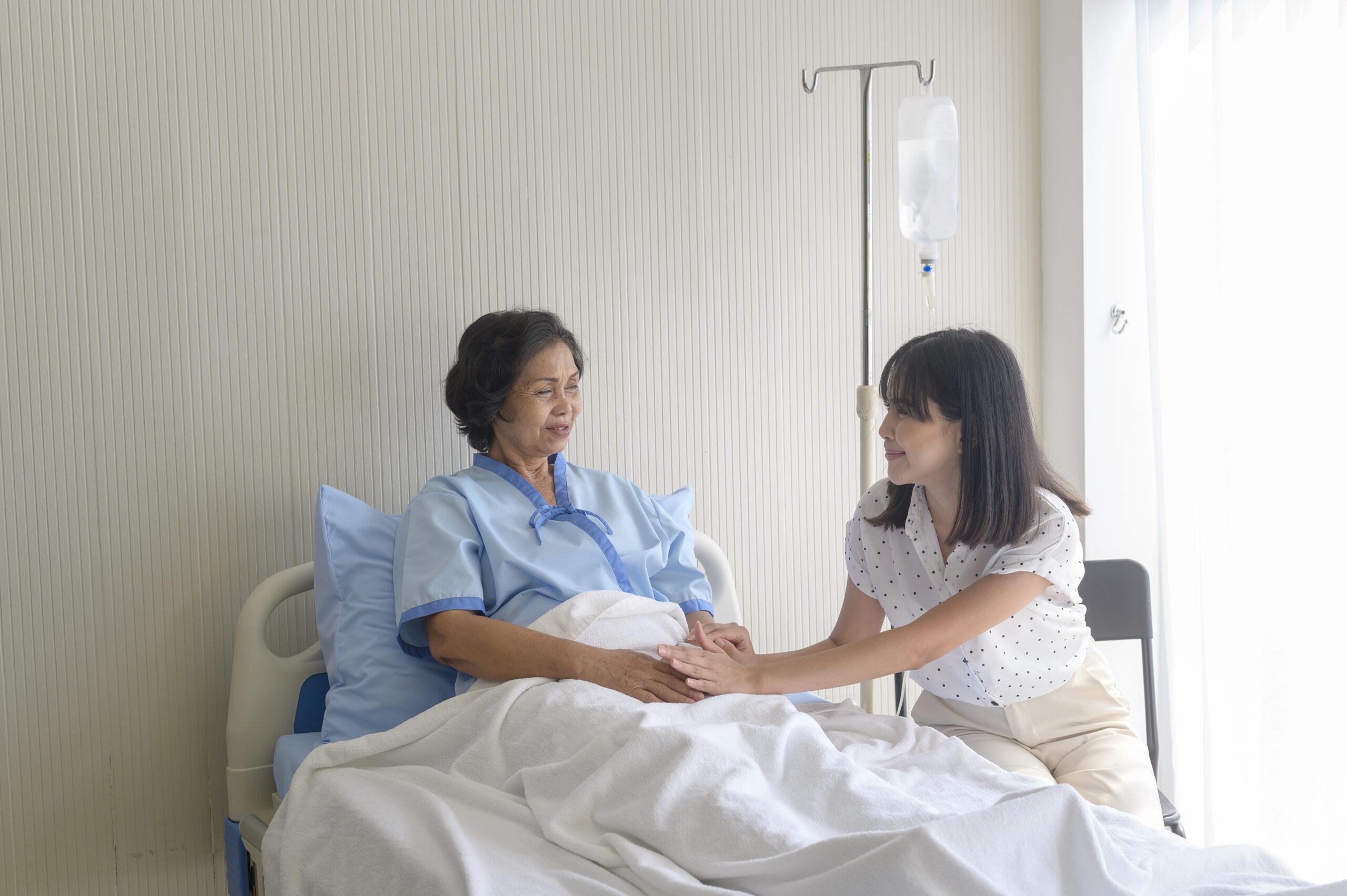How to Treat a Stage 2 Pressure Ulcer in Hospice Care
As a caregiver, hospice nurse, or hospice agency manager, it’s essential to be knowledgeable about pressure ulcers and their effective treatment. Stage 2 pressure ulcers are a common challenge individuals in hospice care face.
This comprehensive guide will provide crucial information on understanding, treating, and preventing stage 2 pressure ulcers in a hospice setting.

Understanding Stage 2 Pressure Ulcers in Hospice Care
Stage 2 pressure ulcers are partial thickness skin loss involving the dermis. They may present as an open blister or a shallow crater without slough or bruising. These ulcers occur due to sustained pressure on the skin. They should not be confused with skin tears, tape burns, maceration, or excoriation. Stage 2 pressure ulcers can significantly improve with proper care within 1 to 2 weeks.
The Importance of a Moist Environment
A critical aspect of treating stage 2 pressure ulcers is maintaining a moist wound environment. A moist environment promotes healing by facilitating cell migration, reducing pain, and preventing infection. Minimizing contributing factors, such as friction and shear, is essential to help support the healing process.

CONTINUA LEARNING
Simplify Your Hospice Team’s Training and Skill Building
A complete solution for your agency: more than 125 hospice courses, caregiver in-services, training plans, and more.
Hospice Treatment Plan for Stage 2 Pressure Ulcers
Before beginning treatment, obtain a physician’s order for wound care. Follow these steps using standard precautions:
- Clean the wound with normal saline or a dermal cleanser for infected wounds.
- Pat the area dry.
- For blisters, cover them with a protective non-adherent dressing.
- For open wounds, apply a thin film of wound gel (e.g., Saf-Gel or DuoDERM Gel) and a thin hydrocolloid (DuoDERM Extra Thin) or foam dressing (PolyMem or Allevyn). For more information, refer to Wound Care: Shallow Dry and Shallow Wet guidelines.
- Change dressings twice a week or as needed (PRN).
- Document the wound care per agency guidelines.
Remember that these are general wound care guidelines, and it’s essential to consult with the primary physician for specific orders.

Pressure Redistribution Strategies
Pressure redistribution is critical to prevent further complications and support the healing process. Implement the following recommendations:
- Use a pressure redistribution mattress for the patient’s bed.
- Provide a foam or gel cushion for the patient’s chair.
Additional Tips for Hospice Caregivers
As a hospice caregiver, it’s essential to be vigilant and proactive in addressing potential skin concerns:
- Regularly assess the patient’s skin for early signs of pressure ulcers.
- Reposition the patient frequently to minimize pressure on vulnerable areas.
- Ensure proper nutrition and hydration to support skin health and healing.
- Educate the patient and family members about pressure ulcer prevention and care.
Proper hospice training in stage 2 pressure ulcer care can significantly improve patient outcomes and enhance the overall quality of care. By understanding the nature of stage 2 pressure ulcers, implementing effective treatment plans, and using pressure redistribution strategies, you can better serve your patients and support their healing process. Stay informed and up-to-date on the latest wound care practices to provide the best care for hospice patients.
FAQ
Should pressure ulcer prevention be part of end of life care?
Yes, pressure ulcer prevention should be part of end-of-life care. Preventing pressure ulcers reduces pain and minimizes the risk of infection. To ensure the best possible hospice care, caregivers should regularly reposition patients, use pressure-relieving devices, maintain proper skin care, and monitor for early signs of pressure ulcers, even as patients approach the end of life.
What factors are associated with pressure ulcers in palliative home care?
In palliative home care, pressure ulcers are associated with immobility, prolonged bedrest, malnutrition, moisture (e.g., incontinence, sweat), friction and shear forces, chronic illnesses, impaired blood circulation, and decreased sensation. Regular repositioning, skin assessment, pressure-relief surfaces, and maintaining good hygiene and nutrition can help reduce the risk of developing pressure ulcers in patients receiving palliative care at home.
How do you reposition a patient at the end of life?
To reposition a patient at the end of life, follow these steps:
- Assess their comfort, mobility, and pain levels.
- Explain the process and gently encourage their cooperation.
- Utilize proper body mechanics and seek assistance if needed.
- Use pillows or wedges to support the patient’s body, prevent pressure sores, and promote comfort.
- Change positions every two hours, alternating between their back, sides, and an elevated head position.
- Monitor their response and adjust as needed.
What are skin ulcers at end of life?
End-of-life skin ulcers are open sores that form on the skin, often during the terminal stages of a person’s life. These sores are caused by prolonged pressure, inadequate blood circulation, or underlying medical conditions such as diabetes or cancer. Skin ulcers are prone to infection and can be painful. Proper wound care, pain management, and prevention strategies are essential for treating this condition.
What is a Stage 4 pressure ulcer in hospice?
In hospice care, a Stage 4 pressure ulcer is a severe wound reaching muscle, tendon, or bone. This advanced-stage ulcer exhibits extensive tissue damage, often with necrosis and infection, causing significant pain and complications.
